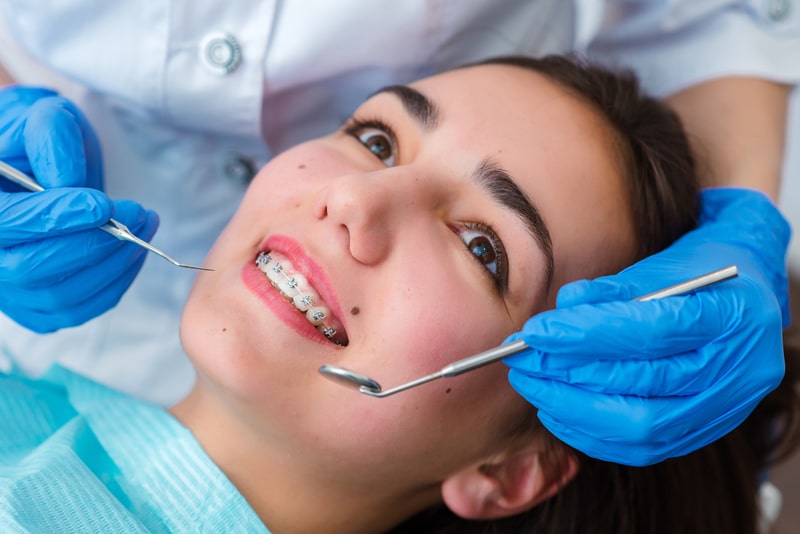
How Dental Clinics Handle Orthodontic Treatments
Have you ever wondered what goes on behind the scenes at a dental clinic when it comes to orthodontic treatments? From braces to aligners, there’s a lot that happens before patients leave with their perfect smiles. In this blog post, we’ll take you behind the scenes and show you how dental clinics handle orthodontic treatments. Get ready for an inside look at the technology, techniques, and teamwork that make those straight teeth possible!
What is an orthodontic treatment?
An orthodontic treatment is a dental procedure that helps to correct teeth alignment. Orthodontic treatments can be done on adults or children, and may include:
Correcting teeth alignment
Shaping the teeth using braces or wires
Tracking the growth of the child’s teeth throughout treatment
Orthodontic treatments can take many months or even years to complete, depending on the severity of the problem and the age of the patient. In general, orthodontic treatments are very successful at correcting tooth alignment and improving overall oral health.
How orthodontic treatments are performed
The process of orthodontic treatment can vary depending on the type of treatment being performed, but in general there are four steps that are typically involved: diagnosis, planning, treatment, and follow-up.
During the diagnostic phase, a dentist will gather information about your teeth and their alignment. This includes taking x-rays and measuring your bite using special digital equipment. Based on this information, the dentist will develop a plan for correcting your teeth’s alignment.
The actual treatment process typically begins with an adjustment or “tweak” to the teeth’s alignment. Afterward, braces (commonly made of metal wires) are put on either side of the teeth and secured with brackets. The braces should fit snugly but not so tight as to cause discomfort or TMJ (teeth grinding) symptoms. Over time, as your teeth continue to move into their new alignment, the braces may need to be adjusted or replaced altogether.
At each appointment, it is important to keep track of how you’re doing both clinically and statistically (i.e., by taking monthly dental photos). If you experience any problems with your orthodontic treatment – such as toothaches or difficulty chewing – please contact your dentist immediately so that appropriate measures can be taken to correct the issue.
Types of orthodontic treatments
There are several types of orthodontic treatments that can be administered by dental clinics. One such treatment is fixed braces, which are fitted to a patient’s teeth and remain in place for an extended period of time. Fixed braces can be made out of metal or plastic, and they often come in the form of two bands that attach to either side of a tooth. They can require regular adjustments, and many patients find them to be incredibly uncomfortable.
Another common type of orthodontic treatment is removable braces, which are fitted onto a patient’s teeth and then removed at certain intervals over the course of several months or years. Removable braces come in different shapes and sizes, and they often include brackets that attach to the front or back teeth. Patients typically have to wear them for around six weeks at a time, but they can be removed more quickly if needed.
If necessary, orthodontic treatment may also include Invisalign® therapy, which uses clear plastic aligners designed to correct misaligned teeth without any need for surgery or dental implants. Invisalign® therapy is usually completed in about two years, and it requires only occasional visits to the dentist.
How dentists handle orthodontic treatments
Dentists use a variety of techniques to treat orthodontic problems. Depending on the severity of the problem, your dentist may require you to wear a retainer or full mouth appliance for an extended period of time. In some cases, your dentist may also need to perform surgery to remove teeth that are out of alignment. Orthodontics is a specialized field with a lot of knowledge and expertise required to achieve optimal results. If you’re considering orthodontic treatment, be sure to speak with your dentist about your specific needs and concerns.
Conclusion
Orthodontic treatments can be expensive, and many people are looking for ways to save money. When it comes to orthodontic care, dental clinics are no different than any other business. They need to make a profit in order to stay afloat, which means that they often charge more for orthodontic treatment than other services.
